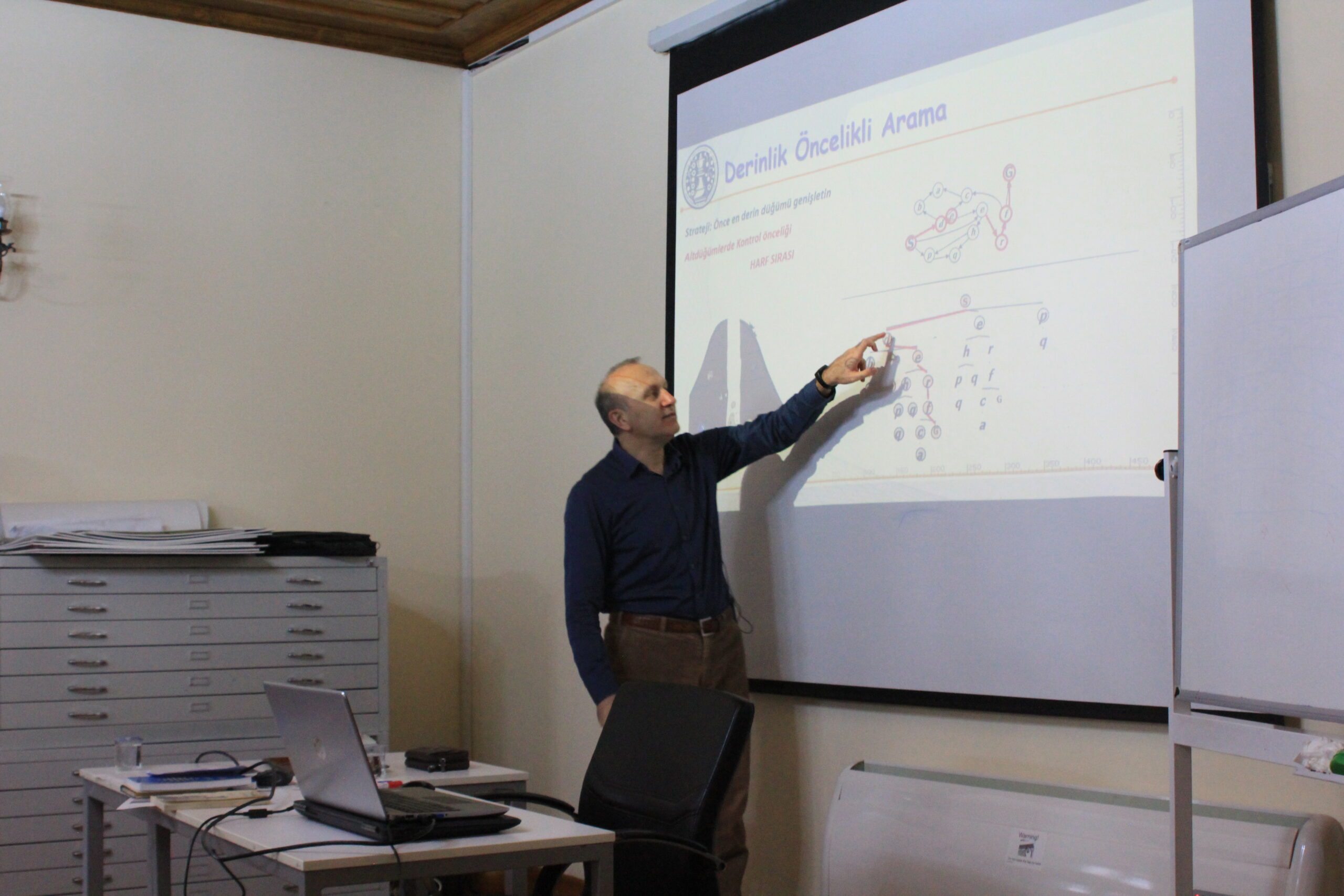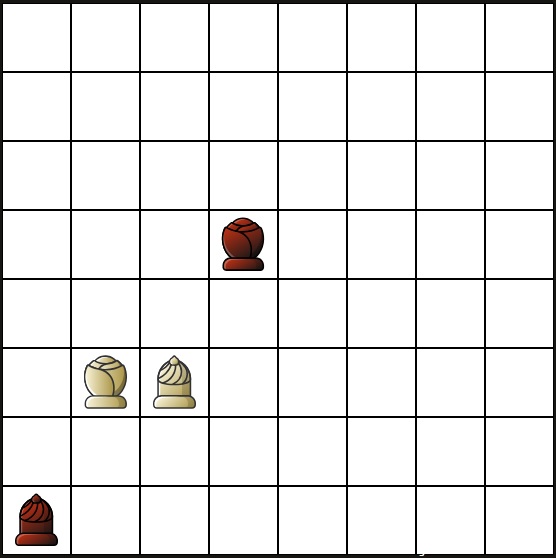
Can you write the artificial intelligence code that solves this longest unsolved chess puzzle? Let’s discover Suli’s diamond together! Or perhaps you want to attempt to solve it like they did more than a thousand years ago!
Learn the intricacies of high computing applications of AI through hard-to-knack historical puzzles!

Shatranj.ai aims to create an AI curriculum based on historical board games for youth development. The interest in board games in the early grades of K-12 education can be translated into a coding and AI curriculum that can be easily implemented as an optional club hour during education or as an after-school activity during K-12. It will also enable young people to explore the history of games and puzzles, which are considered a common cultural heritage of the whole world.

Shatranj.ai analyzes historical intelligence games and their cognitive and cultural significance in world history. Its 32-lesson artificial intelligence curriculum focuses on board game programming followed by classic adversarial search algorithms and includes video-assisted coding exercises around selected board games. This next-generation, user-friendly learning management system aims to provide an enjoyable experience for users of all ages. The suggested age group for the curriculum is high school and undergraduate students.
Shatranj.ai focuses on integrating the rich cultural heritage of historical board games with modern AI education, targeting youth development. The platform seeks to transform interest in board games into a comprehensive coding and AI curriculum suitable for optional educational activities or after-school programs. It emphasizes the importance of understanding these games’ historical and cultural backgrounds, promoting a deeper, cross-cultural appreciation. By doing so, Shatranj.ai not only equips young individuals with critical AI coding skills, which are anticipated to be highly valuable in the future job market but also enriches their knowledge of global cultural heritages. This dual focus bridges the gap between traditional intellectual pursuits and cutting-edge technological skills, fostering a well-rounded educational experience.


A tale as old as time illustrates the power of exponential growth through the “wheat and chessboard” problem. Starting with a single grain of wheat on the first square, the amount doubles on each subsequent square, culminating in an astronomical sum on the 64th square. This story highlights the concept of geometric progression and sheds light on the immense potential wrapped within seemingly small beginnings. The final tally reveals a staggering figure, far beyond what one might expect from the humble start of a single grain.
Agricultural experts say that 1000 wheat grains weigh about 31g. The result is astonishing: (2^64 – 1) x 31 / 1000 g. This corresponds to more than 570 billion tons of wheat. At the current global production rate of around 785 million metric tons per year, it would take approximately 726 years to produce 570 billion tons of wheat.
Shatranj.ai is designed to inspire young minds to craft AI capable of delving into the rich tapestry of historic algorithmic puzzles and board games. It champions the integration of AI into educational settings, offering it as a specialized subject within school curricula and extracurricular programs. This initiative not only sharpens AI programming competencies, crucial for future job markets, but also fosters an appreciation for the diverse cultural legacies embedded in board games. Through this, students gain both technical skills and a profound understanding of board games’ historical significance.